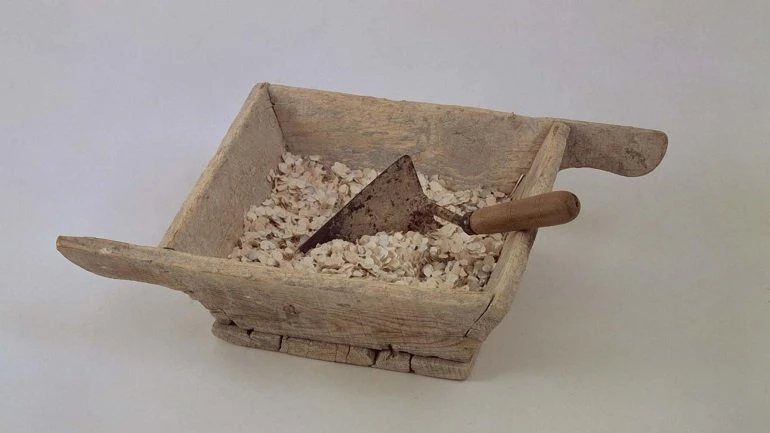Brossa 1941 – 1991

Brossa's work lies within a post-dadaist poetry and given his interest in the mental nature of art, he also takes aspects and resources from analytical and conceptual practices. Moreover, in the process of setting up his works the assimilation of a recreational factor can be seen which comes from the paintings and objects of Joan Miró. Among Brossa’s vast visual and literary production and for this exhibition three types of work have been selected: visual poems, object poems and posters.
The first visual poem by Brossa dates from 1941; from then onwards, his work participates in the combination of letters and objects and, stemming from a lack of logical syntax, are defined midway between the exquisite surrealist corpse and hypnagogic images. His works show the importance letters and words have for Brossa, which he considers are a significant, artistic element in the first order, as seen in El peix gros (1982). In 1943, Brossa creates the first of his object poems, where he emphasises the notions of contrast (materials, size), juxtaposition and association of ideas, thereby overcoming the idea of collage.
Taken as a whole, there is an awareness in Brossa’s work of the presence of a recurring series of objects that end up forming his personal universe, like a deck of cards (experimental Poem, 1951; Sobret, 1970; Sense atzar, 1988; Family, 1989), hammers or the hands of a clock. Also characteristic is the use of everyday objects with which, decontextualised, create new messages deriving from the poetic value he finds in them. As noted by Victoria Combalía, curator of the exhibition, there is an appreciation for the recurrence of the creative processes in his poems and visual objects. In this way, Brossa abounds with ideas of drilling, crossing, pinching and cutting objects. The resulting artwork, awkward and critical for the conventions of bourgeois society, is constructed from minimal resources and artistic means, which contrasts with the strength of explicit and implicit items it contains. This reveals his connections to the avant-garde (word and image games), Eastern philosophy (insinuation vs evidence) and even magic shows, which, in turn, appeal (as required by the artist) to the viewer's active participation in his visual games.
Artists
Organised by
Museo Nacional Centro de Arte Reina Sofía
Image gallery
